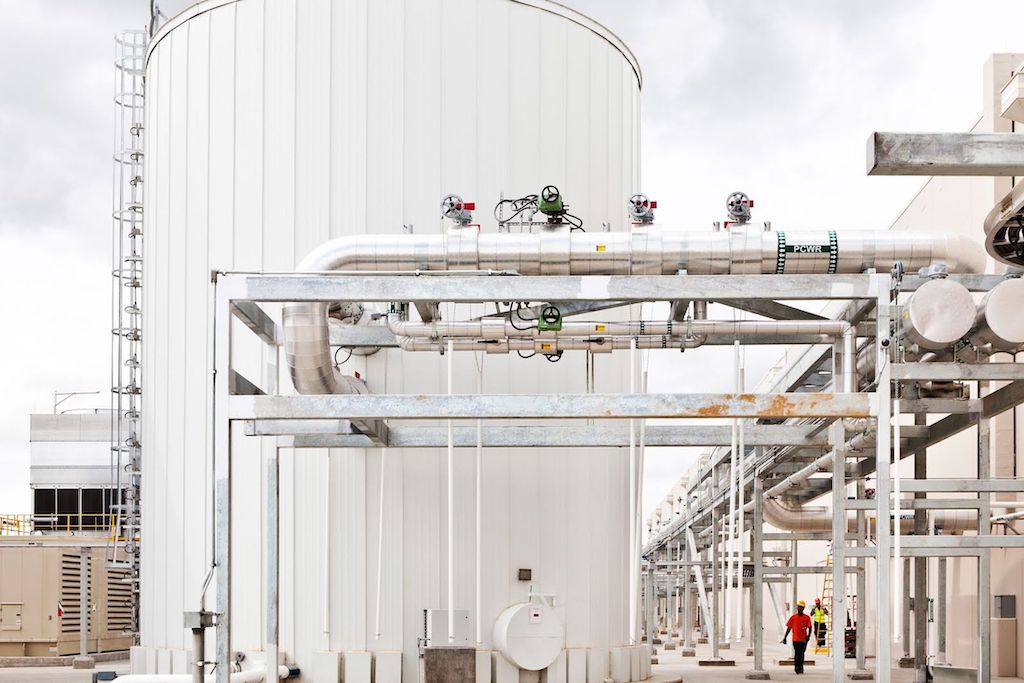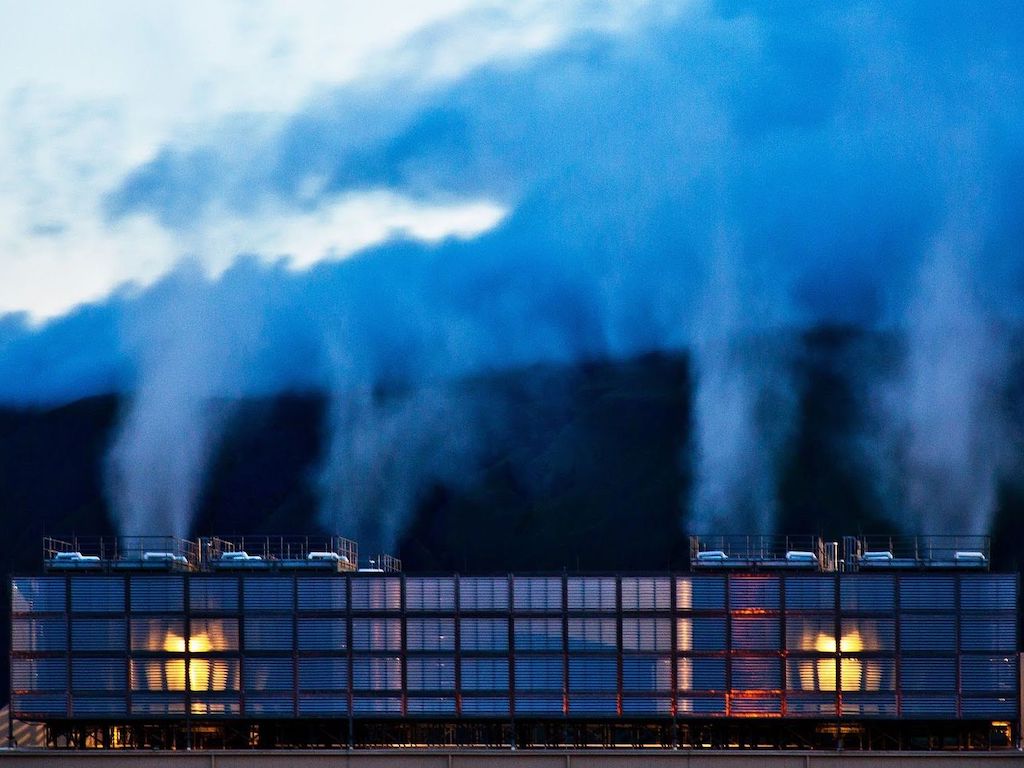4 Mins Read
While Google has publicly announced that they have purchased 100% renewable energy to fuel its global data centres and offices, it will come at the hidden expense of water. As the demand for online information continues to grow, the world’s biggest internet search engine is now tapping into even more public water supplies amidst the climate crisis, which is already putting an enormous strain on critical resources such as water.
Google boasts the most popular web search engine online with an astonishing 81.5% market share, which requires enormous warehouses to power its computer systems and information-storage components. And in order to power the growing demand for its online services – from its search engine to the cloud and web advertising – Google is now building more data centres across the United States.
For years, the company has proudly revealed the energy-efficiency and eco-friendliness of its massive warehouses. In 2017, the company announced that it achieved the milestone of 100% renewable energy to match its annual electricity consumption across its data centres and offices.
But while powered by renewable energy, these facilities – some located in already water-stressed regions – require billions of gallons of water. The company’s water use has been shrouded in secrecy, but information has been disclosed through legal cases lodged by environmental groups and local utilities services.
Read: What is your digital footprint & how can you minimise it?

According to public records and legal filings, Google requested and was granted more than 2.3 billion gallons of water for its data centres in 3 different states in the United States – in 2019 alone.
The figure will only continue to grow as the company plans to expand to more data centre locations. After spending US$13 billion on data centres in 2019, Google already has in the pipeline another US$10 billion this year on data centre expansion in order to fend off competitors such as Amazon and Microsoft from its share of the cloud-computing economy – a market that is now getting a massive boost due to the coronavirus crisis that has kept billions working and studying remotely.
“Data centres are expanding, they’re going everywhere. They need to be built in a way that ensures they are not taking critical resources away from water-scarce communities,” said Gary Cook, global climate campaigns director at environmental NGO Stand.earth, in conversation with Bloomberg Green.
While data centers There are many ways for data centers can reduce their water usage in a few ways: inside the centres, they can raise the temperature and/or reduce the humidity inside, they can build them in areas near where using recycled water for cooling is possible.
In order to help its web services respond quickly, Google chooses locations for its data centres based on proximity to large population hubs. This will include hot and dry regions, which means more water is needed to cool processing units down inside the warehouses. According to its environmental report, Google uses “evaporative cooling” – a system that uses less electricity, but requires much more water.
A legal filing showed that in Red Oak, a town in Dallas, Texas, Google is planning to use as much as 1.46 billion gallons of water annually by 2021 – and many parts of Texas are already water-stressed.
With climate change continuing to escalate, water-scarce cities must brace for more prolonged droughts and unexpected rainfall patterns. Google’s water-intensive operations will exacerbate local water scarcity in places like Red Oak – and Red Oak is just one of the many data centers that Google has in its expansion plan.
Google’s water usage becomes even more alarming when considering the warnings that scientists have reiterated about the consequences of climate change and water stress. Last year, the World Resources Institute (WRI) found that 25% of the world’s population across 17 countries are already experiencing extreme levels of water stress due to water wastage and climate change.
A new United Nations World Water Development Report revealed that over 50% of the global population still lacks access to reliable water supply. UN researchers said that while businesses have reduced greenhouse gases via renewable energy technologies, few have dedicated efforts to conserve water.
This neglect, according to the experts, will not only hamper efforts to fight climate change, but also the current coronavirus pandemic if people do not have the available water resources for proper hygiene and sanitation.
Lead image courtesy of Google.




